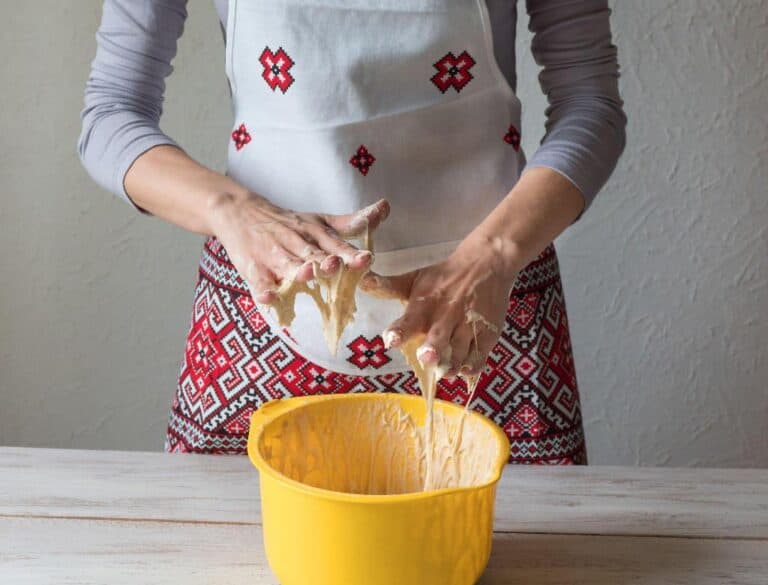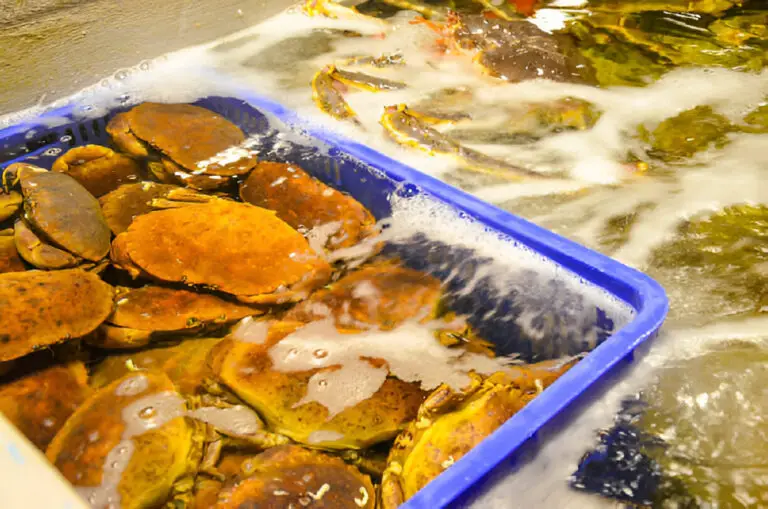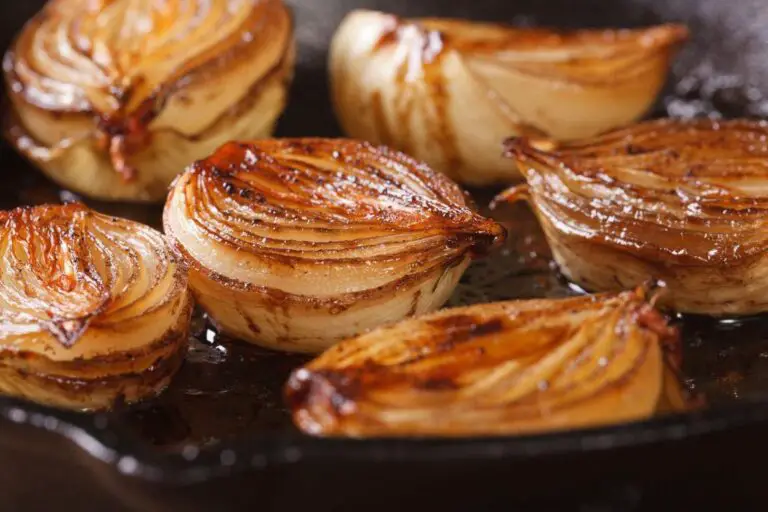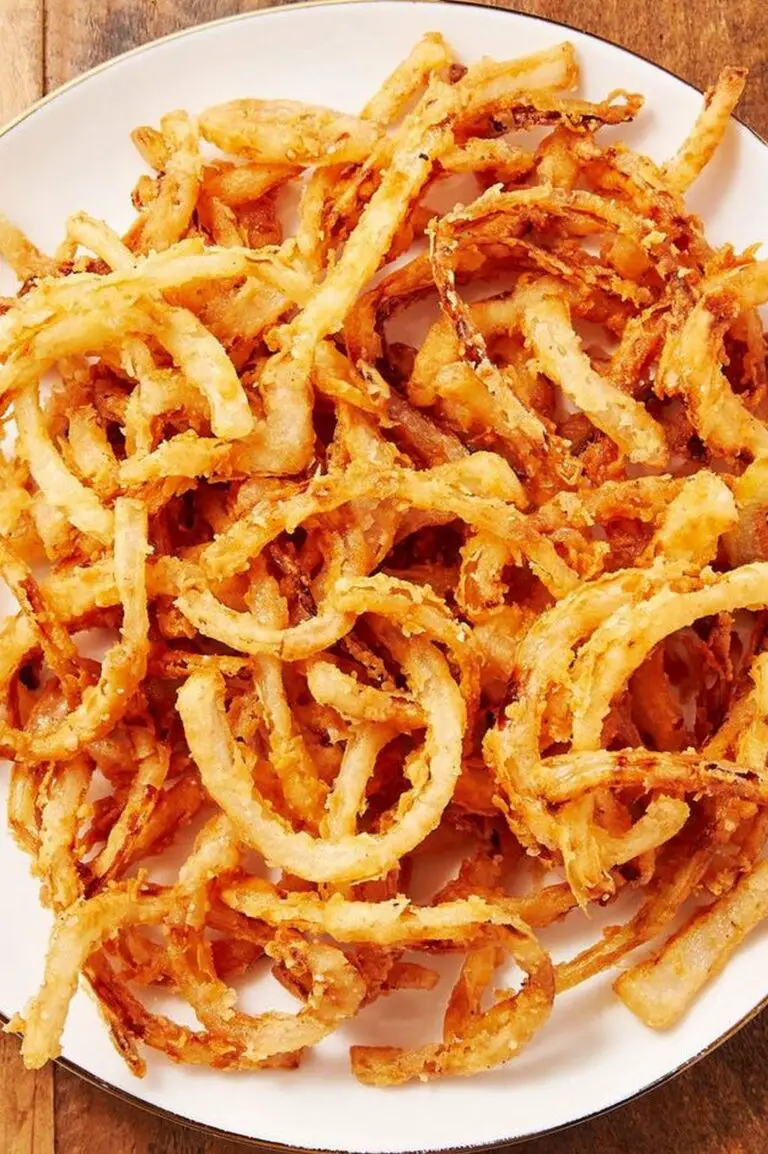How to Tell if an Onion Is Bad (Easy Signs)
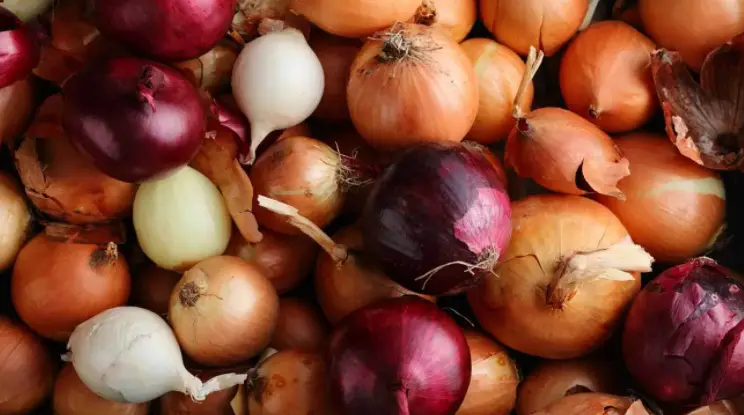
Onions are a kitchen staple, finding their way into countless recipes and dishes. Their ability to add depth and flavor to our meals is undeniable. It’s hard to go wrong with onions. Salads, sandwiches, soups, baked products, and more all benefit from this plant.
However, have you ever reached for an onion only to discover it was a bad onion? We’ve all been there, wondering if that onion lurking in the back of the pantry is still good to use.
Do not worry; you are not the only one having trouble with this recipe. In this article, we’ll delve into the secrets of onion preservation and uncover the top 5 telltale signs of a rotten onion. No more second-guessing when you’re preparing your favorite dishes!
Whether you’re a seasoned chef or just getting started in the world of cooking, knowing how to spot a bad onion is a skill you can’t afford to overlook. So, let’s sharpen our kitchen senses and learn the art of distinguishing the good from
How Long Do Onions Last?
One question that often comes up is: How long do onions last? The answer to this question varies depending on the type of onion and how it is stored. The best way to store and preserve onions is in a cool, dry place, away from any strong odors.
Here’s how long onions last when they’re raw, cut, or cooked:
Raw onions: When properly preserved, raw onions can survive for up to two months.
Cut onions: Cut onions are only good for seven days after they’ve been cut.
Before storing the sliced side in the fridge, cover it with plastic wrap. When storing, the cut should face down. To avoid drying or absorbing moisture, wrap chopped or sliced onions in airtight containers instead of plastic wrap.
Cooked onions: Cooked onions can be stored in the refrigerator for up to five days if they are well-wrapped. They can be frozen and easily stored for up to three months when properly stored.
How Long Do Onions Last in the Refrigerator?
You can freeze any kind of onion to make it last longer, but you might need to do some work first, like blanching or cutting it up.
Keeping onions in the low-humidity section of the refrigerator will help them last longer. An excess of moisture or humidity might turn your onions into mush.
Red onions usually last for 2-3 weeks in the fridge, while white onions usually last for 1-2 weeks. They are best stored in freezer bags or a large freezer-safe container. It is recommended to freeze raw onions within a month of purchase.
How Long Do Onions Last at Room Temperature?
If left to stand at room temperature, onions will last up to 2 weeks (14 days). This is the norm if you buy onions that are ripe and ready to be used; they will also last up to 2 weeks (14 days).
Some onions, such as the Bermuda onion, will last for up to a year before they start to sprout. Other varieties of onions can last only a few weeks.
In general, most varieties of onions are best stored in the refrigerator if not used soon after purchase.
Read: Red vs. White Onions: What’s the Difference?
What Causes an Onion to Go Bad?
Onions can be stored in the pantry for a few weeks or in the refrigerator for a few months. But what causes an onion to go bad?
One reason is the lack of drying and curing. Onions that are not dried and cured properly may rot. The process of drying and curing onions helps preserve them. A common way to preserve onions is to dehydrate them. However, there are many ways to preserve onions.
Another reason is poor storage. Onions should be stored in a cool, dark place where they will not be exposed to light or heat. If they are stored in the fridge, make sure they are not in the produce drawer, where they will be exposed to moisture and cold temperatures.
Another reason onions go bad is because fresh onions are mixed with old onions. Onions are supposed to last for weeks in the fridge, but sometimes they spoil faster than that. The problem might not be with the onions at all, but with how they’re being stored. When onions are fresh, they’re mixed with old onions.
This can cause the new onions to spoil quickly. To prevent this from happening, store fresh onions in a separate part of the fridge from the old onions.
How to Tell If an Onion Is Bad?
All onions, whether red or white, have a shelf life and will eventually go bad. Then, how do you know when an onion is bad and no longer safe to eat?
The first sign of a bad onion is often a change in appearance. The onion may start to rot, with black spots appearing on the surface. The smell of a bad onion will also be noticeable, typically being rank or sour.
If you are unsure whether an onion is bad or not, it is best to throw it out just to be safe. There is no way to salvage a bad onion.
However, I will give you some ways you can spot a bad or spoiled onion, which I will include below.
1. Skin Discoloration
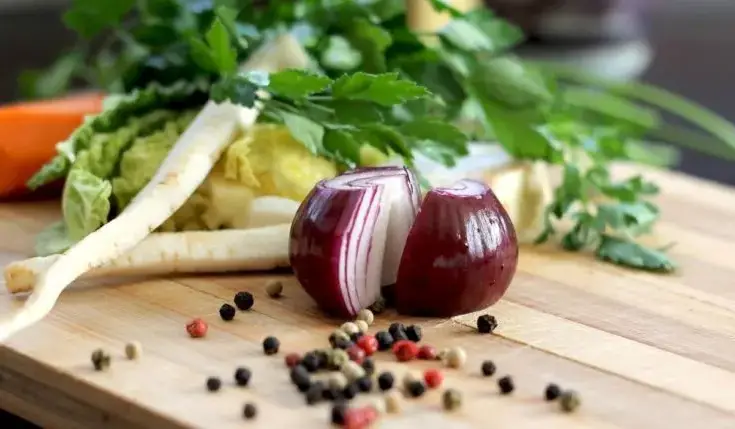
The onion skin often discolors due to bruising, insect damage, or weather changes. When the onion is bruised, it can make the onion turn brown.
Other causes of discolored skin in onions include a fungal infection or bacterial infection. If you see dark spots on the onion skin, then it is probably a fungal infection. These spots can be on the onion skin or older parts of the onion-like stem.
If the onion skin is discolored, you should cut off that part of the onion. Discolored onions are likely to be spoiled.
2. Mold
Onions are a staple in many kitchens, but they can be dangerous if they have mold. Mold is a type of fungus that can grow on many types of food, and it’s not always easy to see. Onion is a common food that can get moldy, and when it does, it can make you sick.
Moldy onions can cause nausea, vomiting, and diarrhea. They may also cause other health problems, depending on the type of mold that’s growing on them. If you think you’ve eaten a moldy onion or any other food with mold on it, see your doctor right away.
3. Squishy Flesh
A bad onion will have squishy flesh. This means that it is not firm, and it might even be starting to rot. Fresh onions have firm flesh when squeezed and are not dried out. The outer skin should be dry and crisp.
If you are not sure if an onion is bad or not, then you can cut it in half. If the inside of the onion is brown or black, then it is bad, and you should not eat it.
4. Sprouting

Whenever the top of an onion starts to sprout, you know it’s ready to go bad. But if the onion is still green and growing, it’s probably a sign that it has more time before going bad.
However, sprouting onions that do not have additional issues, such as discolored skin, mildew, or dry meat, should not be discarded. If the sprouts are still solid, you may remove them and utilize them.
| Related: What Are Frizzled Onions at Panera? |
5. Smell of Rot
The smell of rot onions is unmistakable, like rotting compost. It’s a smell that many people find unpleasant. The release of sulfur compounds is what causes the odor, and it can indicate that the onion is rotting. While the smell of rotted onions may be off-putting to some people, it’s important to remember that the odor is harmless.
Can You Tell If an Onion Is Bad After Cooking?
When it comes to cooking with onions, we’ve all been there: you’ve just finished whipping up a delicious dish, and suddenly, doubt creeps in. Can you really be certain your onions are still in their prime? We’ll explain the post-cooking onion conundrum. We’ll give you the know-how to ensure your dishes are top-notch.
Onion freshness can be a tricky topic to navigate, especially after it’s been subjected to heat. The good news is that, with the right knowledge, you can make an educated guess about your cooked onions. However, keep in mind that the signs of a bad onion aren’t always as apparent after cooking, so it’s essential to pay attention to specific clues.
Here are a few key indicators to consider after cooking your onions:
| Indicator | Description |
| Smell | Take a whiff. Fresh-cooked onions should have a pleasant aroma, while bad onions emit a foul or pungent odor. |
| Texture | Good onions maintain a crisp, tender texture. If they turn mushy or slimy, it’s a sign they may have gone bad. |
| Color | Cooked onions should be translucent and slightly caramelized. If they appear discolored or have dark spots, be cautious. |
| Taste | Taste a small portion. If the flavor is unpleasant or off-putting, your onions may have passed their prime. |
To know if your cooked onions are still good or spoiled, pay attention to these factors. So, the next time you prepare a savory meal, put your culinary fears to rest and savor the confidence of knowing your onions are on point.
How to Store Onions Properly

The best way to store onions is at room temperature in a cool, dry place, like your basement or cellar. However, if you have a lot of onions or want to store them for a long time, you can freeze them.
To freeze onions, first peel and chop them into small pieces. Then blanch them in boiling water for two minutes. After blanching, quickly cool the onions in ice water. Finally, place the onions in freezer bags or containers and freeze.
When you are ready to use frozen onions, simply thaw them in the refrigerator overnight or on the countertop for a few hours. They will be soft and ready to use in your recipes. Freezing onions is a great way to preserve them for later use, especially during the winter months, when fresh onions are not as readily available.
Tips For Buying Good Onions
When you go to buy onions, there are a few things you need to look for to get good onions. The most important factor is the type of onion. There are three main types: yellow, white, and red. Of these, the yellow onion is the most common and versatile. It has a sweet flavor and can be used in both savory and sweet dishes.
The next thing to look for is the size of the onion. You want to choose an onion that is neither too small nor too large. If it’s too small, then it will be difficult to peel and chop; if it’s too large, then it will be tough and taste bitter.
The last thing to look for is the quality of the onion. The best way to tell if an onion is good or not is by checking its skin. If it is dry, then it is a good onion. If it is wet and slimy, then it isn’t as good as the others.
When buying onions for storage, look for onions that are heavy for their size. This means they are fresh and have a lot of water inside them. Avoid wilted or soft onions, as these are likely to be past their prime
If you’re not sure whether an onion is ripe or not, give it a sniff. Fresh onions should smell sweet, while old onions will smell sour or rotten
How To Select A Good Onion For Storage
You can select an onion for storage by asking the following questions:
- What is the weight of the onion? If it’s heavy, it will be more likely to store well.
- How big is the onion? Large onions will store better than small ones.
- Does the skin have a dry, papery look? This means that it’s probably ready to be used for storage. If not, put it in an airtight container and store it in the refrigerator.
- Is the onion bulb (stem) still attached? If it is, you can use it for storage. If not, remove the stem and store it in an airtight container in the refrigerator.
- Does the onion have a “core” or “eyes”? The core of the onion is the part that sits in the middle of the bulb. This part is desired for storage because it will help maintain a strong vegetable. If there are no eyes or cores, you can place them in an airtight container and store them in the refrigerator.
Conclusion
Many people think that onions have a long shelf life. But if you store them wrong, they can go bad quickly.
The ideal place to keep onions is a cold, dry place with plenty of air circulation. In a sealed container, you may keep onions in the refrigerator for up to a week.
It is important to be able to tell when an onion is bad to avoid eating spoiled food. Look for signs like mold, black spots, soft spots, and a smell of rot. It is always best to discard any onions that are questionable to avoid getting sick.



